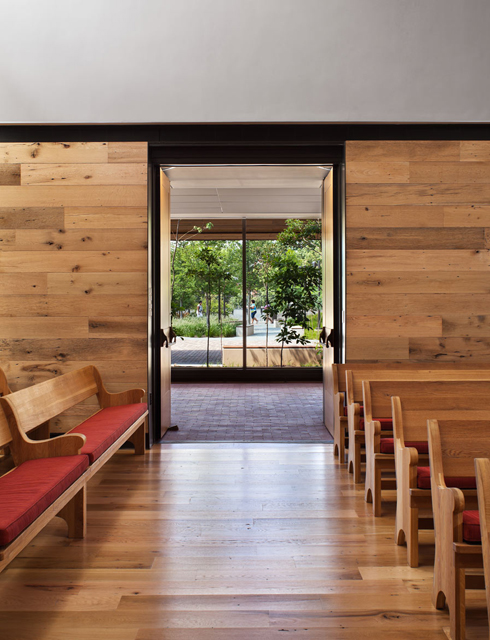Investing in Research
Architect magazine recently featured KieranTimberlake in an article about the fusion of design and research at select top firms—including the embedding of new specialized roles like computational designers and materials and sustainability experts among designers. KieranTimberlake, Perkins+Will, and The Living are three firms profiled for integrating research into design processes and services. The author spoke with Billie Faircloth about KieranTimberlake's research ethic, which she says is "intrinsic to what we do."
Three Top Firms That are Pursuing Design Research
Perkins+Will, The Living, and KieranTimberlake are among a new class of architectural practices investing in research.
By Daniel Davis
In architecture, it can be difficult to determine where research ends and practice begins. In sectors such as medicine and aerospace, research is distinct from the rest of the business. But architectural research tends to mix with practice. Some argue that design and research are intertwined—that architects are conducting research as their design process leads them to better understand the site and other peculiarities of the project. In this guise, all design is a form of research.
While design may be considered as a form of research, not all research is a form of design. Ajla Aksamija, leader of Perkins+Will's Tech Lab and co-organizer for this year's Architectural Research Centers Consortium, says that differentiating between actual research and mere marketing is essential. Firms may claim to do research as part of their design initiatives, but historically, few firms have actually invested in research.
Continue reading


